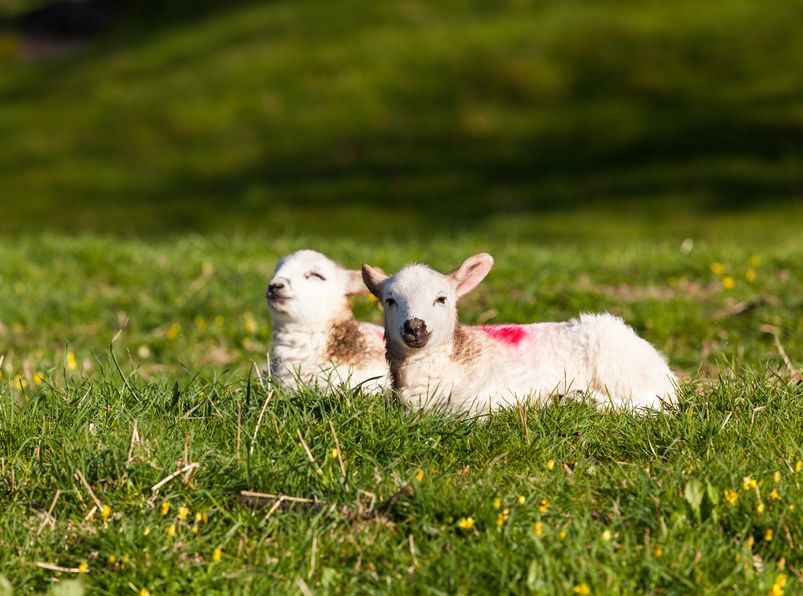
Sheep farmers are being told to be aware of the threat of nematodirus amid wide fluctuations in temperatures and predictions of a very cold spell this week.
While weather experts predict the coldest March on record, some parts of southern England have been experiencing sunny spells ideal for nematodirus to hatch.
The Sustainable Control of Parasites in Sheep (SCOPS) group says it is 'really important' that sheep farmers know what is happening in their area.
Nematodirus can happen very quickly, the group says, causing high numbers of mortalities and stunting the growth of lambs that do survive.
SCOPS provides a free online map for producers, vets and advisers which tracks nematodirus. It is updated daily using data from 140 weather stations.
Farmers can select their nearest or most representative weather station and use the traffic light warning system to quickly check the level of risk.
Independent sheep consultant, Lesley Stubbings says: “Nematodirus battus, the parasite that causes nematodirus, is a tricky one for sheep farmers, as it has a different lifecycle to other worms.
"Eggs overwinter on ground grazed by sheep the previous year and hatch the following spring once the weather exceeds 10°C.
SCOPS' forecast also provides advice on treatment options and possible management actions.
As well as using the forecast, SCOPS advises farmers to monitor for signs of diarrhoea and ill thrift in lambs, and not to exclude nematodirus as a cause of disease even if your regional hatching risk is still low.
Ms Stubbings continues: “The forecast highlights the level of risk based on local weather conditions – but the exact date of hatching can be influenced by variations in microclimate.
"Sheep farmers and their advisers must also take into account the risk to each group of lambs based on the history of the field and its aspect and altitude.
"South facing fields tend to have an earlier hatch and every 100m increase in altitude between the farm and the weather station on the forecast map will delay hatching by about seven days.
"For example, if the nearest station is at 200m above sea level and the farm is at 100m above sea level, hatching could be around seven days earlier than our forecast."
